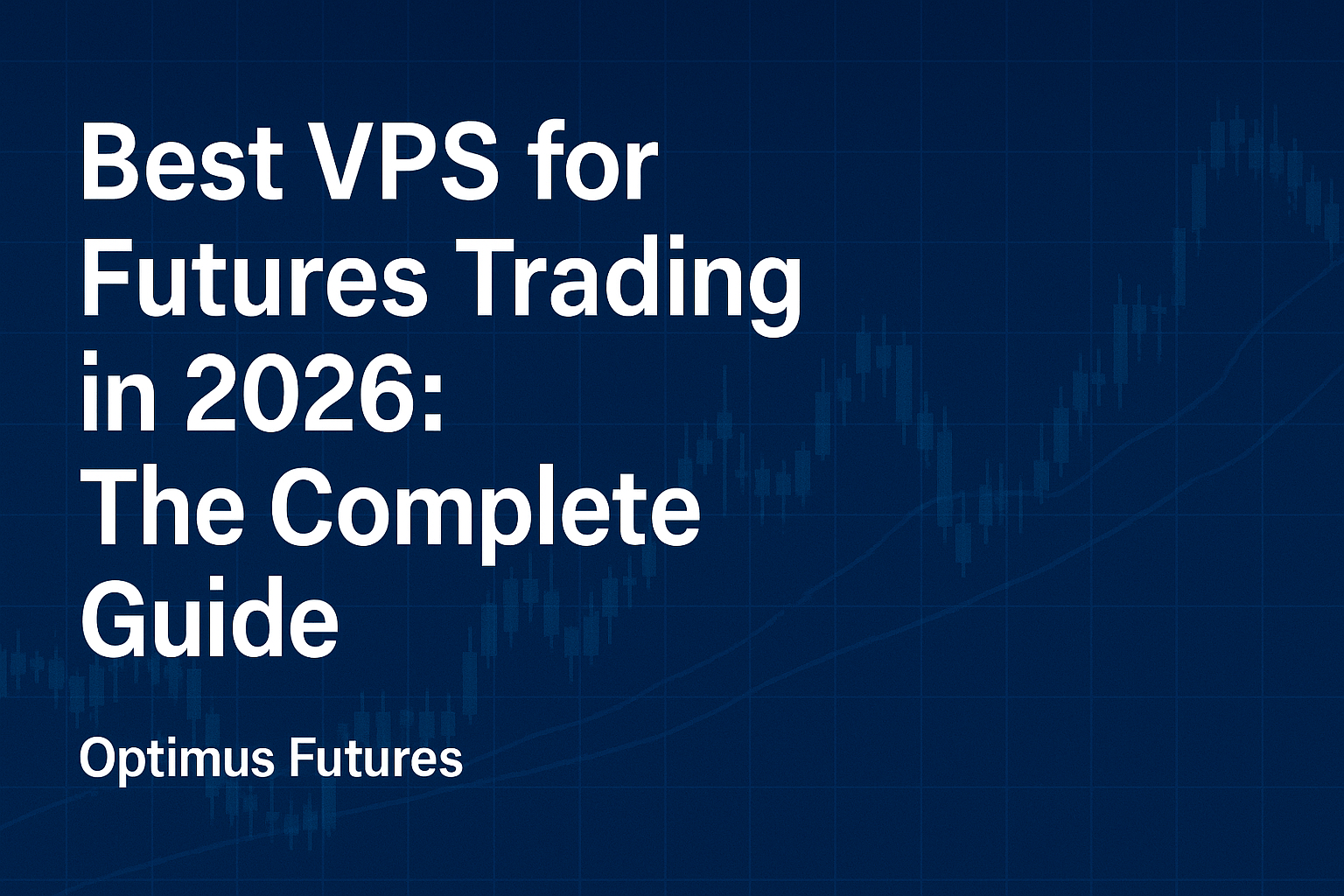The following article on Micro Nasdaq Futures is the opinion of Optimus Futures.
Micro Nasdaq futures (MNQ futures) provide a more accessible way for traders to gain exposure to the Nasdaq-100 index. These contracts are much smaller and more affordable than even the E-mini Nasdaq futures (NQ), making them ideal for traders who need to either reduce their exposure or to fine-tune their positions.
In short, the Micro Nasdaq futures entail a much lower financial commitment for the trader, given that it represents a small fraction of the value of the entire index.
Micro Nasdaq Futures Specs in a Nutshell
- Description: Micro Nasdaq futures track the Nasdaq-100 index, representing one-tenth the size of the standard E-mini Nasdaq-100 futures contract.
- Symbol: MNQ
- Contract Size: Each contract represents $2 times the Nasdaq-100 index.
- Tick Size and Value: The minimum price movement, or tick, is 0.25 index points, equating to $0.50 per contract (per tick).
- Margin Requirements: This varies according to broker, but the margin requirements are much lower compared to standard contracts, making them more accessible to retail traders
RELATED | MNQ Futures VS Nasdaq 100 ETF | Which One Should You Trade?
How the Micro Nasdaq Futures Work
- Trading Hours: MNQ contracts trade almost 24 hours a day, giving traders nearly 24/5 access to the market.
- Settlement: The contracts are cash-settled, based on the closing value of the Nasdaq-100 index on the third Friday of the contract month.
- Expiration Cycle: MNQ futures expire every quarter (March, June, September, December).
What Are the Advantages of Trading MNQ Futures?
If you already trade the E-mini Nasdaq futures, you may be aware of the advantage of a smaller contract size. Here are a few of the “pros” to trading the Nasdaq futures on a micro level.
- They’re relatively more affordable to trade: The smaller contract size reduces the amount of capital needed to trade it.
- You can use them as precision instruments: A smaller contract size makes it easier to fine-tune your cumulative exposure by reducing or adding contracts.
- Their liquidity levels are high. High trading volume means tighter bid-ask spreads, which are favorable to day traders and scalpers.
- They are leveraged: Leverage allows traders to control larger positions with a smaller investment but also increases risk.
What Risks Do MNQ Futures Present?
No matter how small the contract, there will always be risks. Here are a few key risks to consider when trading MNQ contracts.
- Risk of Leverage: Leverage can amplify your gains but also magnify your losses, potentially exceeding the initial investment.
- The Nasdaq’s Market Volatility: Despite the smaller size of MNQ contracts, the Nasdaq-100 can be more volatile than the Dow Jones Industrial Average and the S&P 500 indices. This can lead to larger price swings and greater risk.
- Margin Calls: Adverse market moves can lead to margin calls, requiring additional capital to maintain positions. Therefore, size your positions carefully, monitor your trades, and set your stop losses appropriately.
What to Watch When Trading Micro Nasdaq Futures?
Many day-traders rely on technical analysis to make their trading decisions. While this can certainly work, especially on a tactical level, it’s always important to understand the larger economic context affecting the Nasdaq. Here are a few suggestions.
- Pay Attention to Weekly Economic Data: Key economic indicators, such as GDP growth, unemployment rates, consumer sentiment, and the trio of inflation indicators—CPI, PPI, and PCE—can significantly impact Nasdaq-100 movements.
- Pay Attention to the Tech Sector: The Nasdaq is tech-heavy, so paying attention to the cyclical factors affecting tech is key to successfully anticipating potential moves in the Nasdaq.
- Pay Attention to Earnings Reports: Quarterly earnings reports and guidance from major Nasdaq-100 and tech companies can cause the index to undergo significant price fluctuations, up or down.
- Federal Reserve Policy: Tech is highly sensitive to interest rates. So, pay attention to monetary policy, which can influence market sentiment and volatility.
Learn More | MNQ Trading Strategies | Everything You Need to Trade Big Tech
The Bottom Line
Micro Nasdaq futures can provide a versatile and cost-effective way to gain exposure to the tech-heavy Nasdaq 100 index. With lower financial barriers and the functionalities to manage risk more precisely, MNQ futures may be attractive for new and experienced traders looking to capitalize on the dynamic Nasdaq’s market movements.
Commissions Disclosure -Micros There is a substantial risk of loss in futures trading. Past performance is not indicative of future results.



